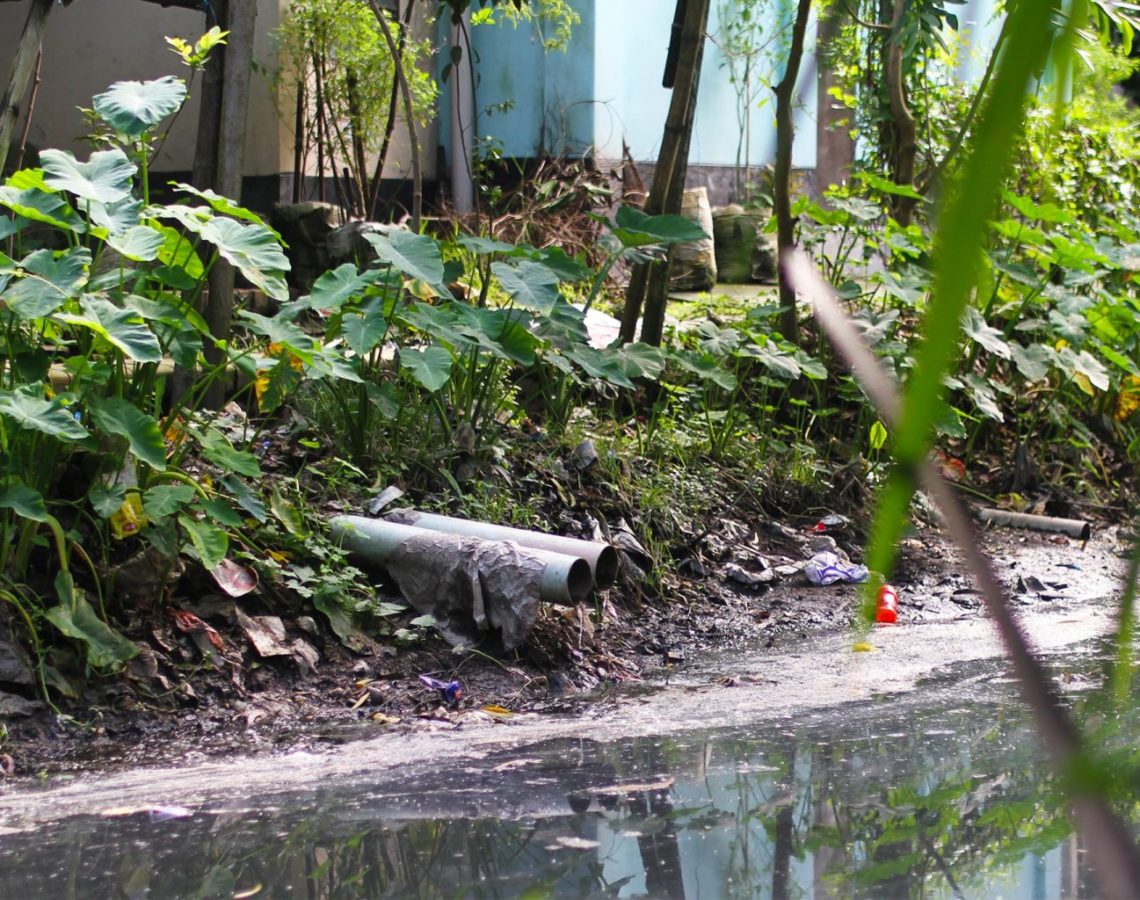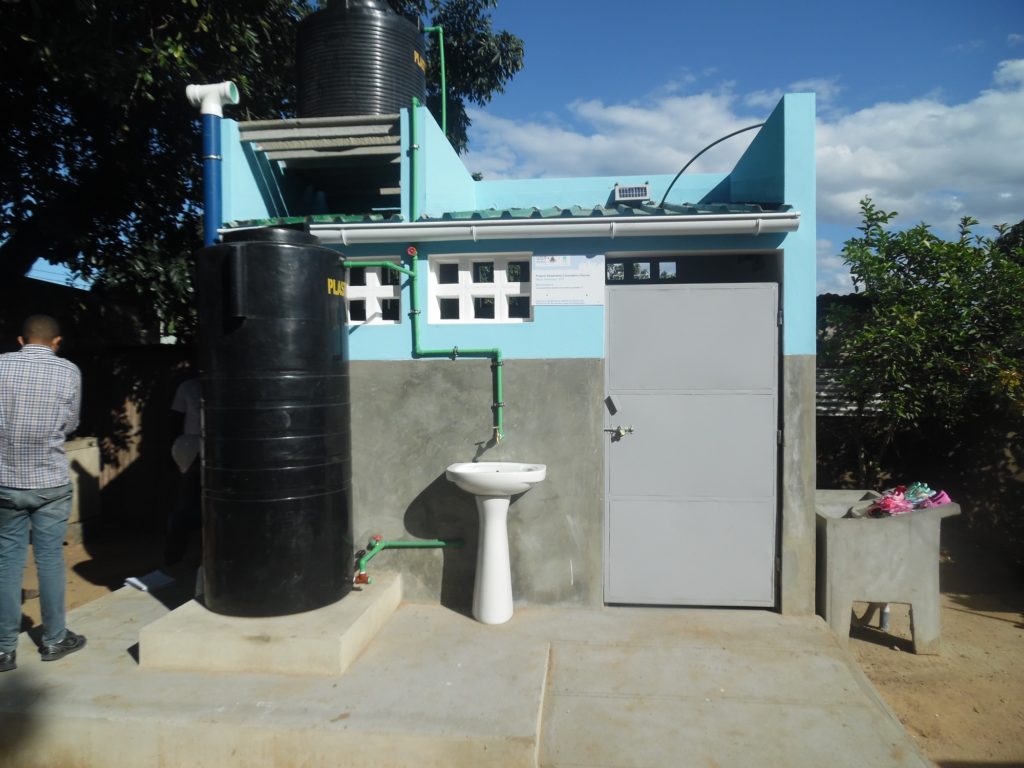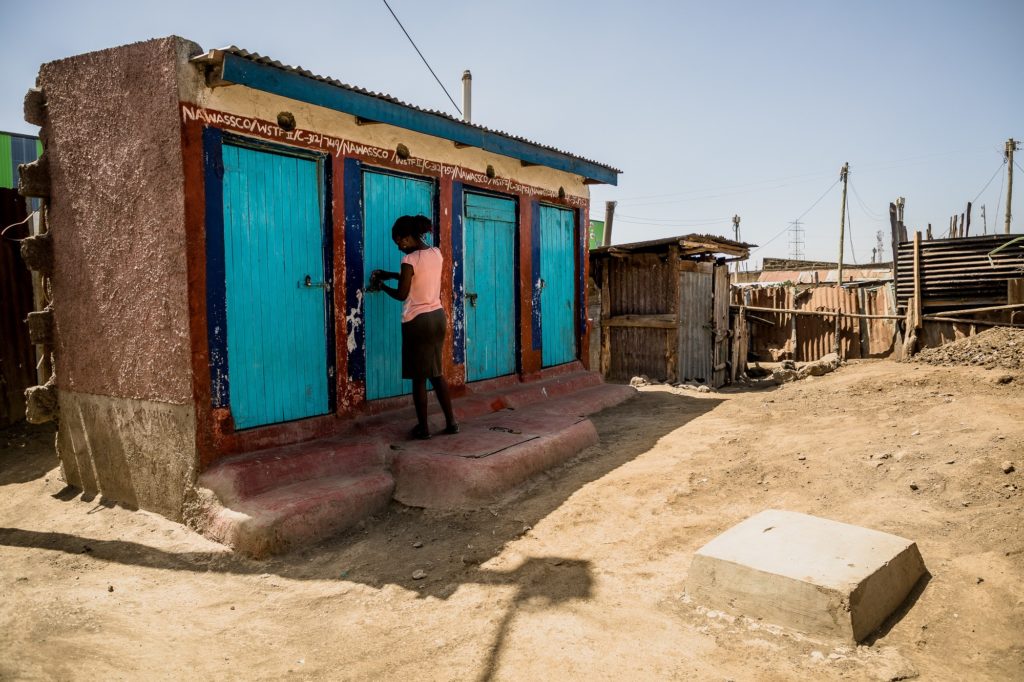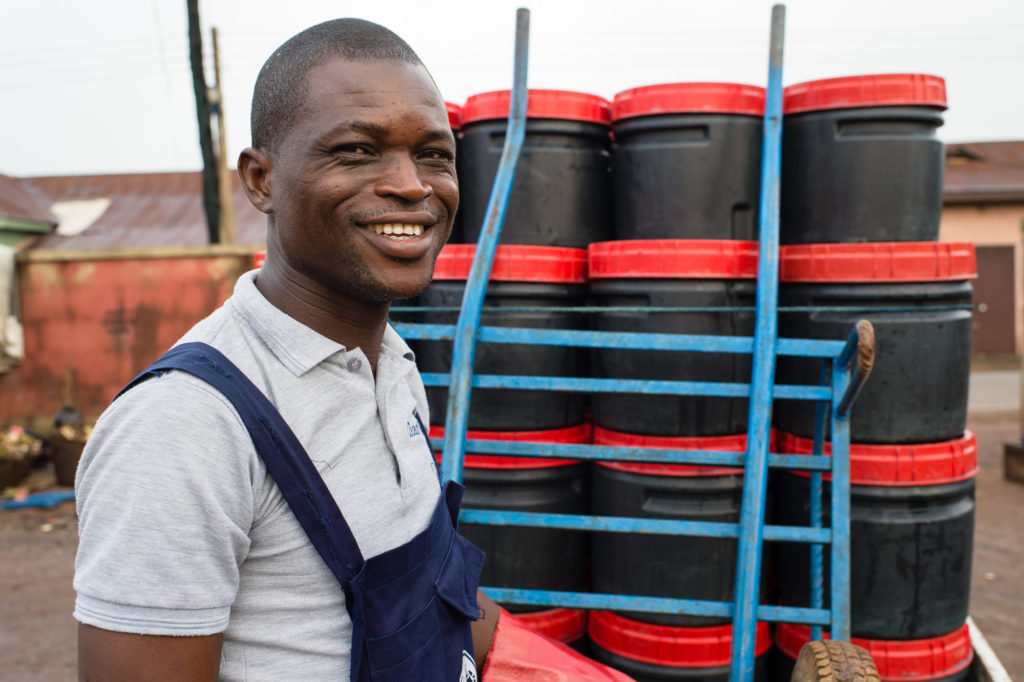What does ‘quality’ sanitation mean in low-income urban areas?

By Sam Drabble, Head of Evaluation, Research & Learning
Broadly speaking, when we advocate for investment in sanitation, it is because we are trying to achieve two critically important aims: improve human health, and improve wellbeing or quality of life. But to what extent are sanitation interventions actually achieving these aims?
In many cases, the honest answer is that we do not know (in part because impact measurement can be costly and time-consuming, particularly when it comes to health). But while intuitive, the health and wellbeing outcomes and impacts of sanitation interventions cannot be assumed. To what extent these are actually achieved will be influenced by wider factors, including parallel causes of disease in the local urban environment (health), and the extent to which sanitation options provide for a positive user experience and align with user preference (quality of life).
In densely populated low-income communities (LICs), sanitation outcomes and impacts are further complicated by technical, economic and political constraints. Even under best-case scenarios, most LIC residents are unlikely to acquire access to high-quality pour-flush toilets served by sewer systems. This means we need to better understand what types of sanitation intervention are a) feasible and b) effective in delivering health and quality of life outcomes in these contexts.
Our new report Quality Check explores this fundamental issue. The paper, authored by Aguaconsult, synthesises four major research projects conducted under, or in association with, WSUP’s DFID-funded Urban Sanitation Research Initiative (USRI). These projects were commissioned to build the evidence base around sanitation quality in low-income areas.
Below we set out four key lessons from the paper. These are only some high-level reflections – we encourage you to read the full report and related articles from the research teams!
1. High-quality sanitation is necessary but may not be sufficient, on its own, to achieve health improvements in LICs
A primary driver for sanitation investment is improved health outcomes, such as reduced diarrhoeal disease. The USAID and Gates-funded MapSan trial — led by the London School of Hygiene & Tropical Medicine (LSHTM) and the Georgia Institute of Technology — aimed to evaluate the health impacts of a shared sanitation intervention delivered by WSUP in the low-income communities of Maputo, Mozambique.

MapSan broke new ground as the first controlled health impact trial of a non-sewered sanitation intervention, and the first such trial of urban shared sanitation facilities. As WSUP and our partners have documented (see blog link below), these findings require very nuanced interpretation — but the bottom line is that the intervention had no clear effect on incidence of diarrhoeal disease in children under 5.
Clearly these results are not what we hoped to see. However, in WSUP’s view, MapSan is not an argument against improved sanitation — the absence of which we know to be connected to a wide range of negative health outcomes. Rather, these findings potentially support an argument for integrated urban development and slum upgrading.
Our first lesson: high-quality sanitation is a critical foundational step towards improved health, but it must be accompanied by parallel improvements to break faecal-oral disease transmission pathways.
Blog – Does improved sanitation mean healthier kids?
2. Maximising the health impact of sanitation interventions requires better understanding of the link between sanitation and pathogen flows
Together with limited evidence on the eventual impacts of improved sanitation in LICs, there is limited evidence on how best to design interventions to maximise the health gains of sanitation improvements. The Faecal Pathogen Flows Study, commissioned by WSUP and delivered by a consortium led by Institute of Sustainable Futures at University of Technology Sydney, aimed to address this gap. The research team developed and applied a systems modelling approach to assess the relative performance of eight sanitation options — including septic tanks, deepened and covered drains, and fully sealed vaults — in a densely populated LIC in Dhaka, Bangladesh.
Environmental sampling, undertaken to inform the modelling, revealed high levels of pathogens throughout the LIC environment. Wider findings, again nuanced, indicated quality of the containment infrastructure as a key determinant of pathogen transmission, and underlined that proper maintenance makes a huge difference to prospects for achieving long-term health impact.
Our second lesson: “quality” in terms of achieving health impact relies on both appropriate infrastructure choices and good management.
Blog – Pathogen pathways and urban planning
3. Shared latrines can provide high-quality sanitation
Health impact is not the only determinant of sanitation quality: user experience is also critically important. For many residents of densely populated LICs, shared sanitation is the only feasible option. In WSUP’s view, this means there is a case for modification of the UNICEF-WHO JMP classification of shared sanitation as only “limited”, to encourage governments and donors to increase investment in high-quality shared sanitation — but this in turn would require identified minimum standards to facilitate monitoring.

The QUISS study (Quality Indicators for Shared Sanitation), commissioned under USRI and led by Eawag-Sandec, aimed to strengthen the evidence base in this area through a large-scale assessment of shared and non-shared toilet users in Ghana, Bangladesh and Kenya. The study produced detailed findings on user criteria for shared sanitation, with immediate water access, cleanliness, and gender-separated toilets found to be the highest priority. Significantly, researchers also found the clearest discriminant between low- and high-quality sanitation was not number of households sharing (1, 2 or more), but rather technology: flush/pour-flush toilets showed much better quality than non-flush latrines, independently of number of households sharing.
Our third lesson: shared sanitation can and often does provide acceptable high-quality sanitation.
Blog – High-quality shared sanitation: how can we define that?
4. Quality of life indicators could provide a standard metric to compare sanitation systems and services
Sanitation access impacts our sense of wellbeing and quality of life in myriad ways, with women and girls disproportionately affected: beyond directly affecting health, livelihoods and school attendance, access to a toilet can be core to personal safety and dignity. These factors are important demand-side drivers of sanitation improvement, and should be taken into account in evaluating the effectiveness of sanitation options.
Led by Ian Ross at LSHTM, the development of SanQoL — a metric for quality-of-life dimensions of sanitation services — is an important step forward in this area. SanQoL indicators were used to measure the user-perceived impact of interventions in the MapSan trial, and a USRI evaluation of user satisfaction with Clean Team, a container-based sanitation service in Kumasi, Ghana — in both cases to striking effect.

The Clean Team Evaluation revealed that customers experienced substantial quality-of-life gains after adopting the service, in comparison with their previous use of existing public toilets; importantly, while women were less satisfied than men with public toilets, access to the Clean Team service closed the gender gap completely (watch out for a forthcoming WSUP Research Brief on this impactful research, led by i-San).
In MapSan, the SanQoL analysis revealed that user experience may differ significantly between sanitation solutions, even where they provide apparently similar levels of services: user experience was found to be better for shared toilets than for the more expensive option of communal sanitation blocks.
Our fourth lesson: this experience suggests that from a public investment perspective, user-centred approaches like SanQoL may be helpful — alongside health impact projections — for identifying which types of sanitation investment can be effective.
Achieving high-quality sanitation within a low-income context is challenging — but it ispossible. When designing sanitation interventions, policy makers, city planners and donors need to assess whether the solutions they are supporting are able to deliver in terms of health and quality of life outcomes and expected impacts. We hope that the reflections and recommendations in this report will help support decision-making around sanitation quality in low-income urban areas.
Download the Quality Check report here
Source : WSUP

